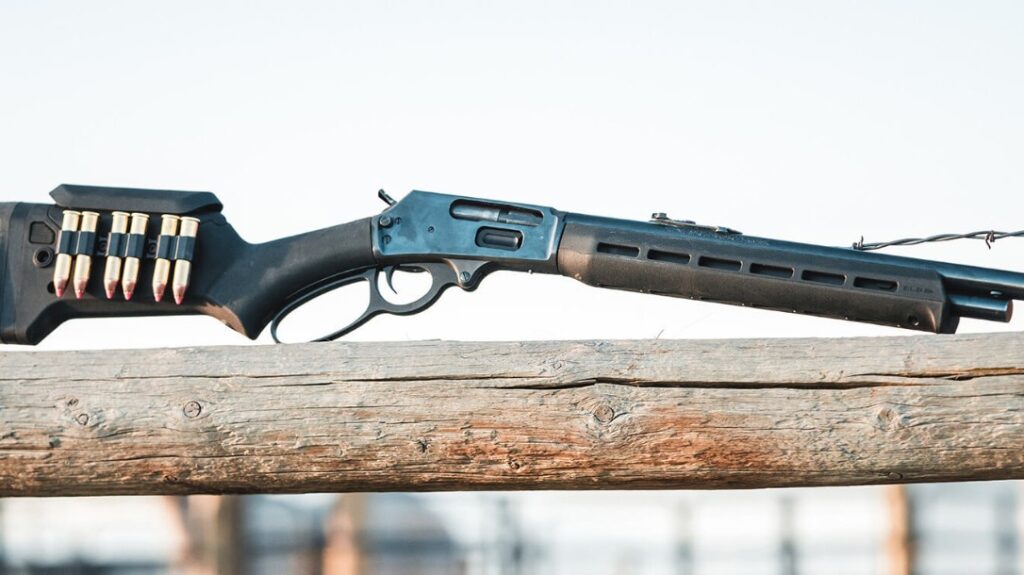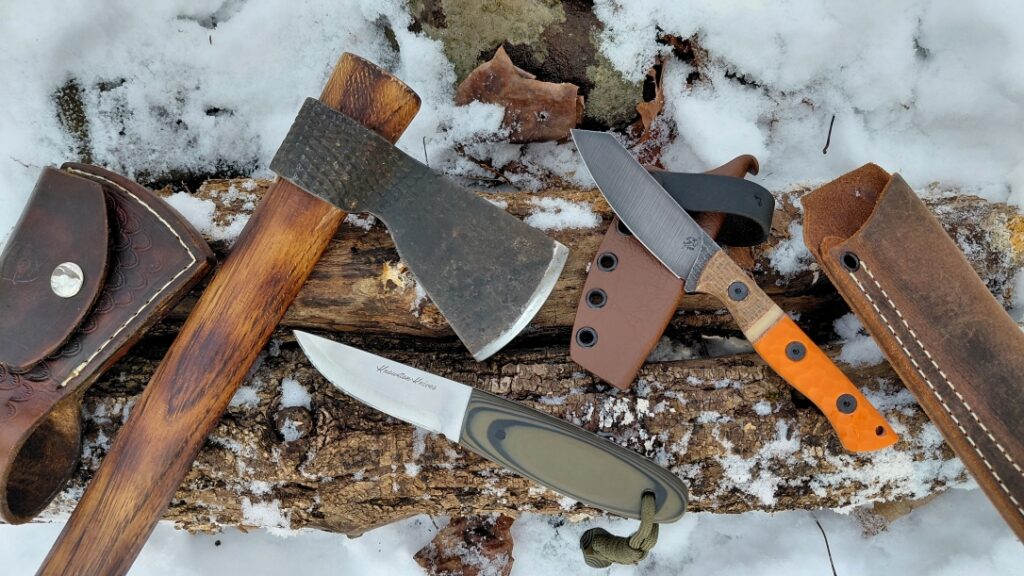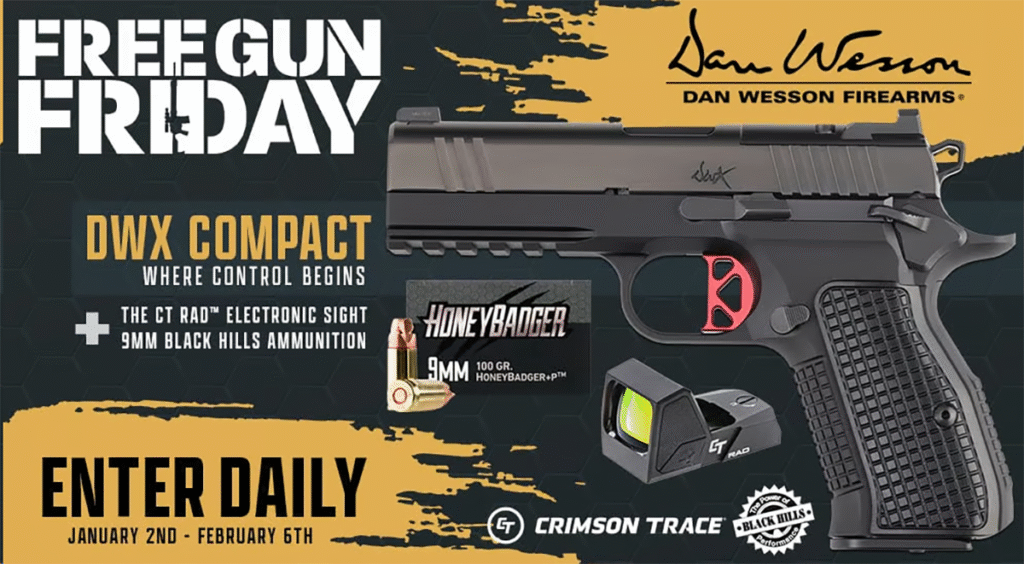I think there are more than 5, folks. People like numbers and lists. Its the science of reading and media consumption. But now that you’re here, let’s talk about weapon mounted lights.
Are they necessary? What should you look for in one? What do all those damnable looms and candles (lumens and candela) mean?
Do you need a weapon mounted light?
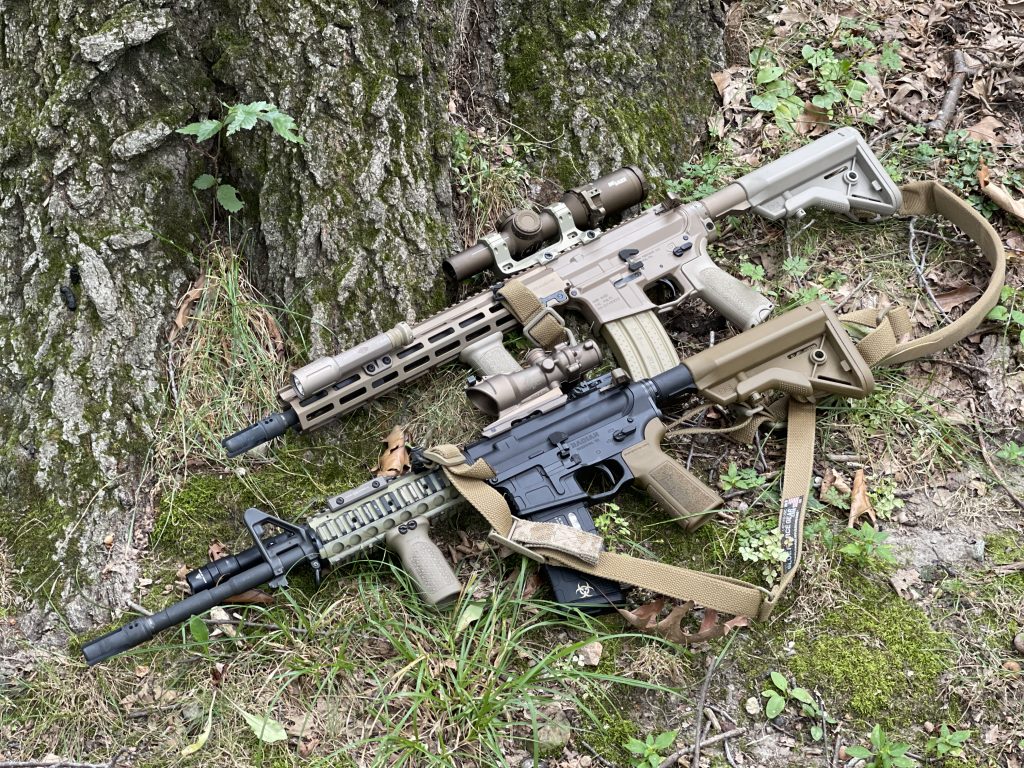
Advertisement — Continue Reading Below
Yes*
*For any firearm used in the home protection role.
A weapon mounted light is a crucial piece of gear in one critical individual role, home protection. We can debate the merits and necessity of one on a concealed carry gun based on environmental factors, but the home protection environment unequivocally calls for a light.
Advertisement — Continue Reading Below
That WML is the single most critical thing you can add to that firearm to assure that it can do what you need it to do. It is more important than deciding on an optic, sling (where applicable), suppression, new sights, all of it. The light gets added first for home defense?
Why?
Indoors is always a light reduced environment, light tends to be temporary and artificially provided. In order to identify and separate threats and non-threats, an on demand light source needs to be at hand. If the sun is out and there’s plenty of windows, you’re good. If you’re at a spot near a light switch for the room you’re searching, you’re also good. But if neither of those environmentally dependent conveniences are at hand, you need to bring your own light source with you.
Advertisement — Continue Reading Below
At home I assume I will be away from control of a light source. I am more likely to be inside a given room, and therefore not near the switches which tend to be at the entrance, and I am also likely to need it in darker conditions rather than daylight. Darkness because of shade on my property, the room location, or the time of day.
Having the light gives me all the options, not having the light limits them.
Whose light do I get?
Streamlight. Surefire. Modlight. Cloud Defensive.
Advertisement — Continue Reading Below
Supporting and compatible/interchangeable accessories from Arisaka and, my favorite, Reptilia.
“But what about…”
I cannot recommend any others at this point. Nightstick is looking promising on the limited information I have, but a new light company seems to invade my ad algorithm every 3-5 days claiming they are the best. Bold claims, overwhelmingly unfounded.
Advertisement — Continue Reading Below
Those four brands ride on serious work guns, carried by serious people, who’ve put serious hours into making sure these lights did what they needed them to do. These were not merely ‘checking the box’ from a sales rep telling a supply section/armorer/chief they needed this item.
Which one?
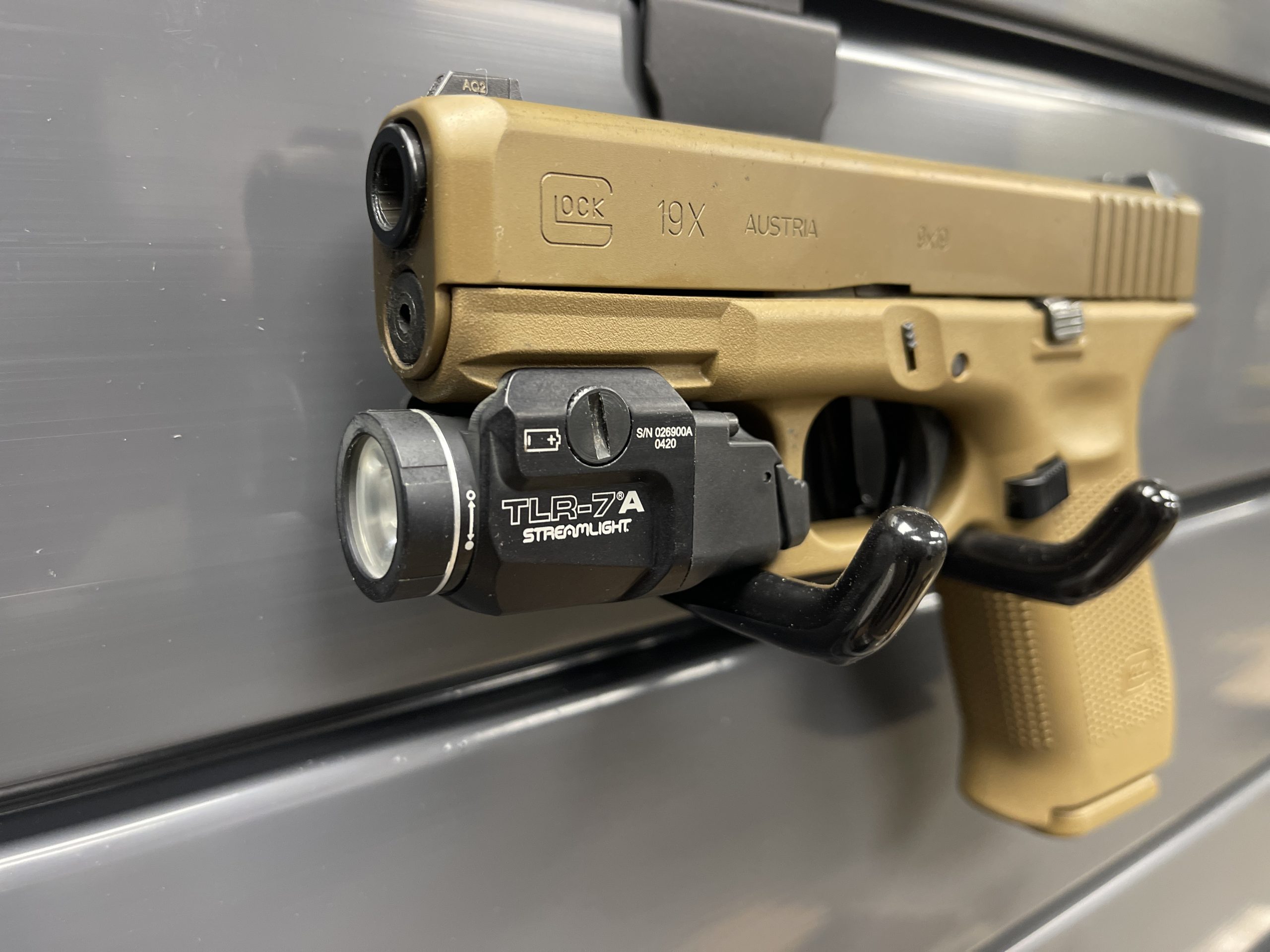
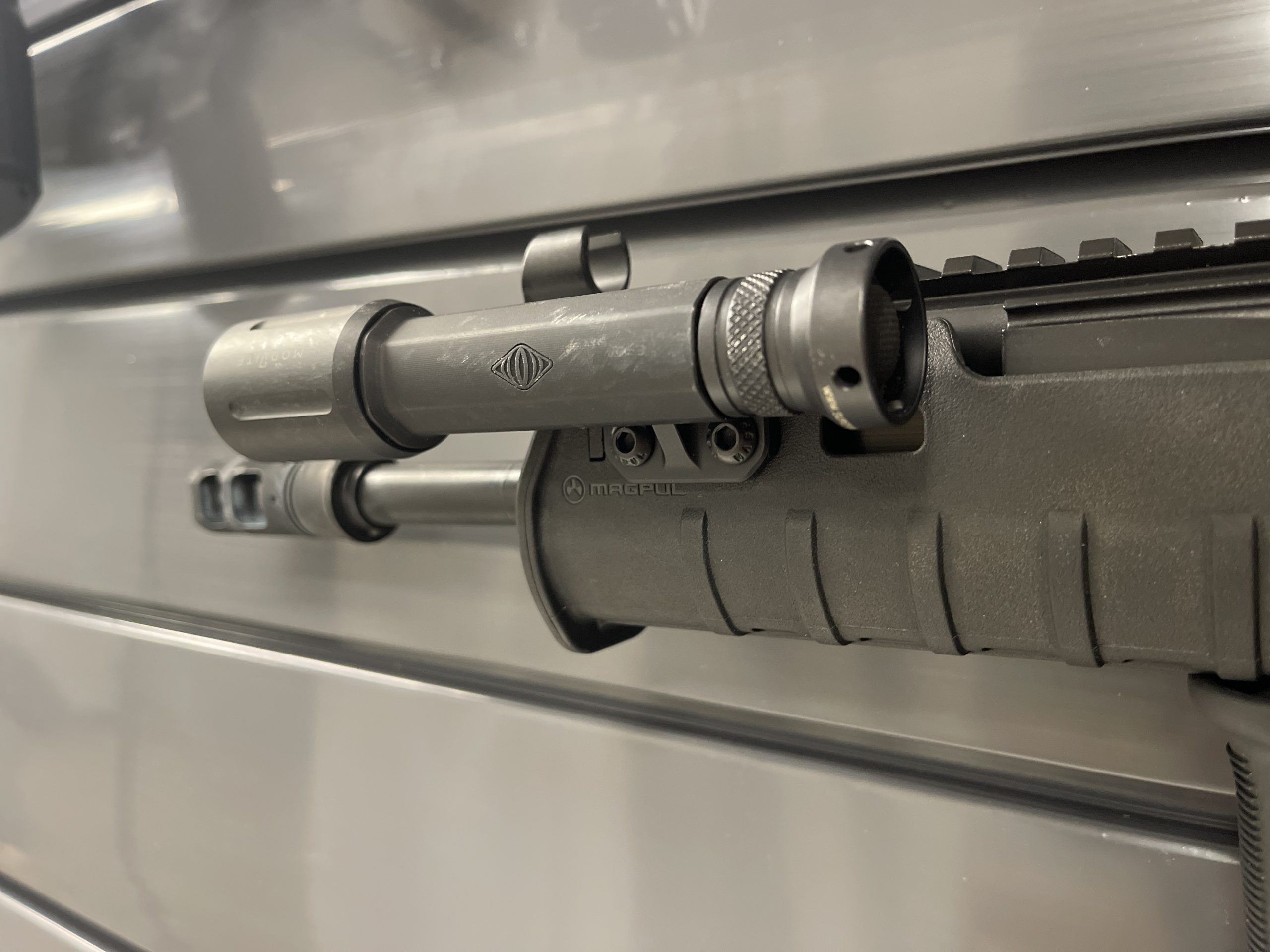
Advertisement — Continue Reading Below
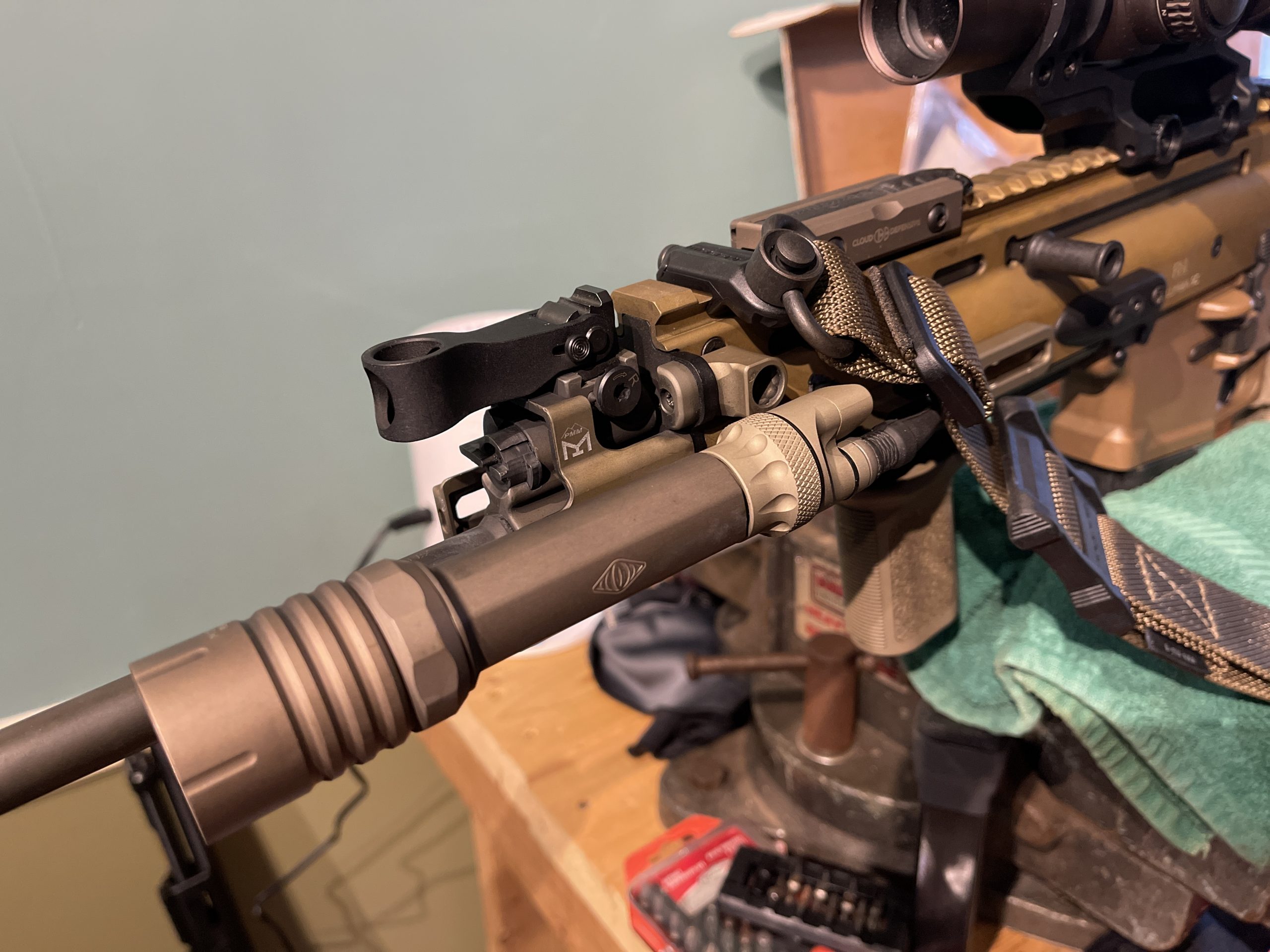
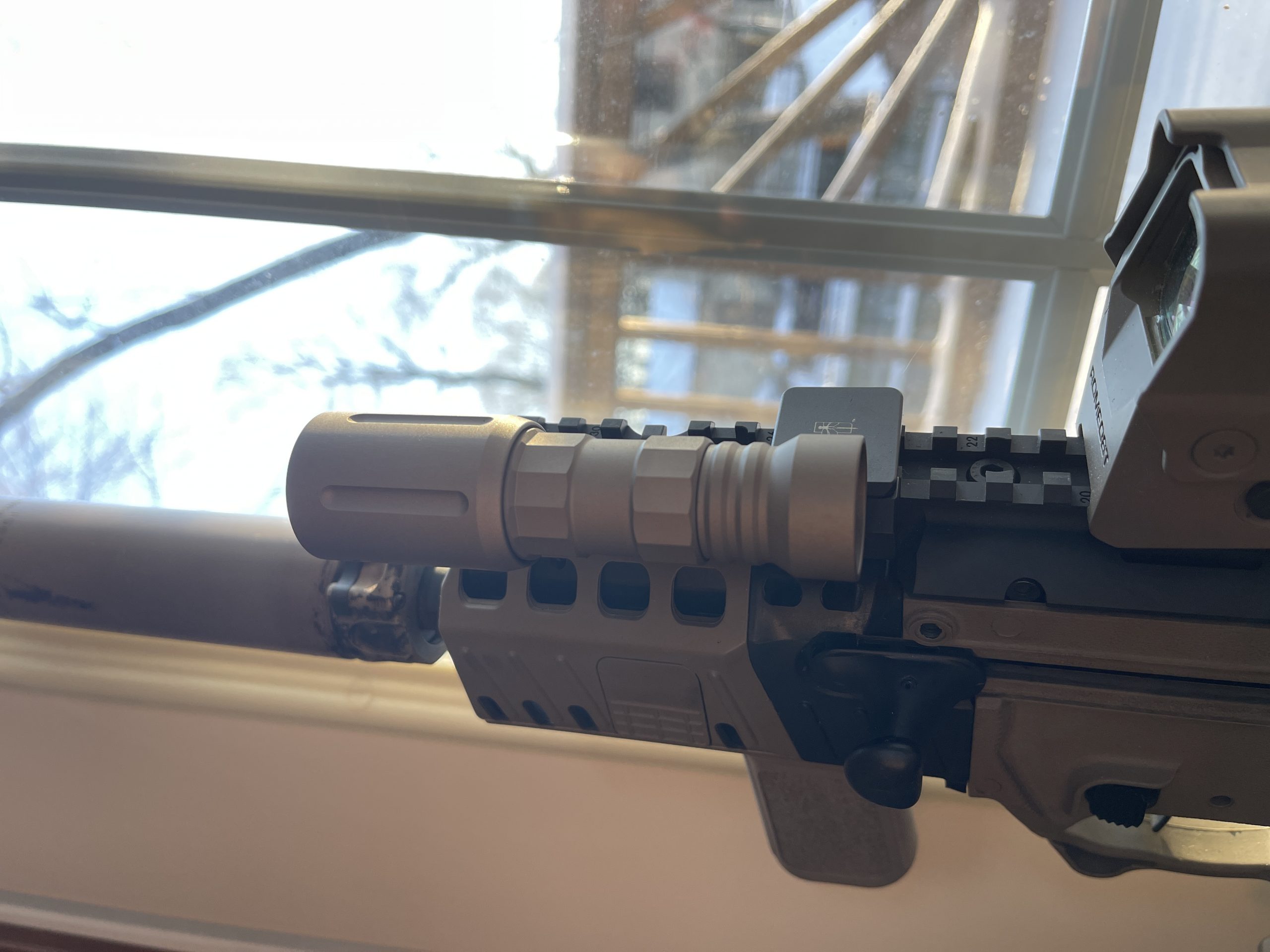

Advertisement — Continue Reading Below
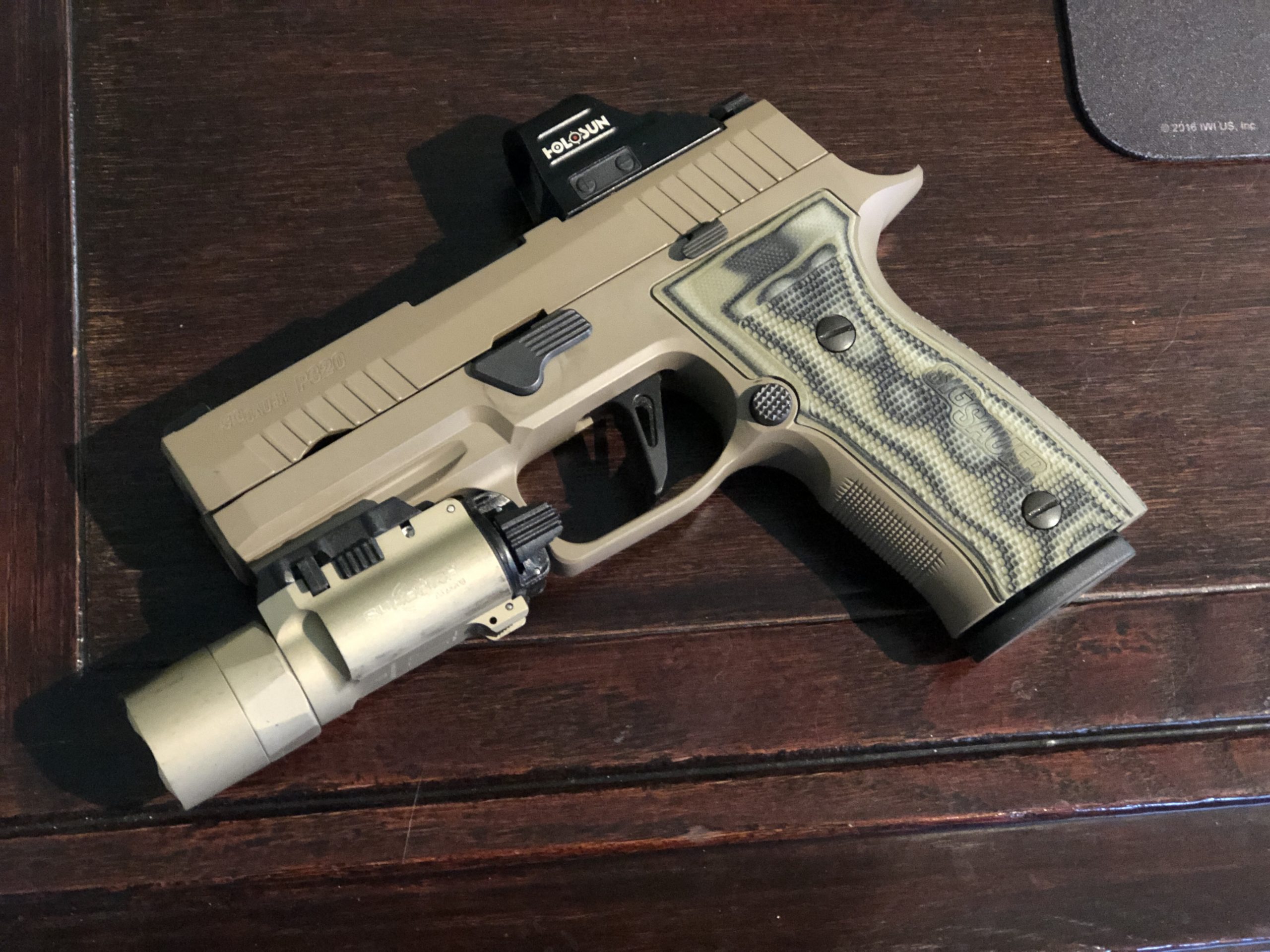
Depends.
If it is for a pistol, you get the pistol light. If you need it to fit a holster you pick the pistol light that fits the holster you need.
Advertisement — Continue Reading Below
Long guns grant you more options and more selective control. For interior I still want to focus on lights that do interior illumination well first. Distance is a happy bonus, but I need to light up a room before my light needs to allow me to see 300 yards.
The same logic goes for long distance infrared and other NVG specialty items. Cool, and if you’ve got a system awesome, I’ll throw on tubes and play with lasers at any invitation to do so. But my light needs to cover the gun’s main job first.
My home defense guns are white light rigs. Far simpler to use. Far simpler to explain in a courtroom too, should that become necessary.
Momentary or Constant On?
Simple.

If I can have it, I want both.
A momentary light’s greatest weakness is recoil, the user is likely to bounce off a control if it isn’t placed properly. There are also several situations and tasks where one might want light on for a longer period of time, a constant on option makes that easier and less fatiguing.
“What about stro…?”
No.
Strobe is dumb.
I cannot fathom why people keep asking for their tactical lights to have a built in rave mode. This isn’t a survival light where you’re looking to use it to draw the eyes of people to you, it is for you to search and positively ID. Those two tasks are accomplished best with an uninterrupted stream of information to your eyeballs. No fast, continuous changes in light levels. No rave mode.
Which Switch?
This is more a long gun topic than a handgun one. There are a few options on handgun lights, like Phlster’s ARC, but for the most part you have the original native switch option and it will fit what you need. It is part of the reason you picked that pistol light, the native switch is what you wanted.
For long guns you’re looking at a greater variety of options.
Click-Cap
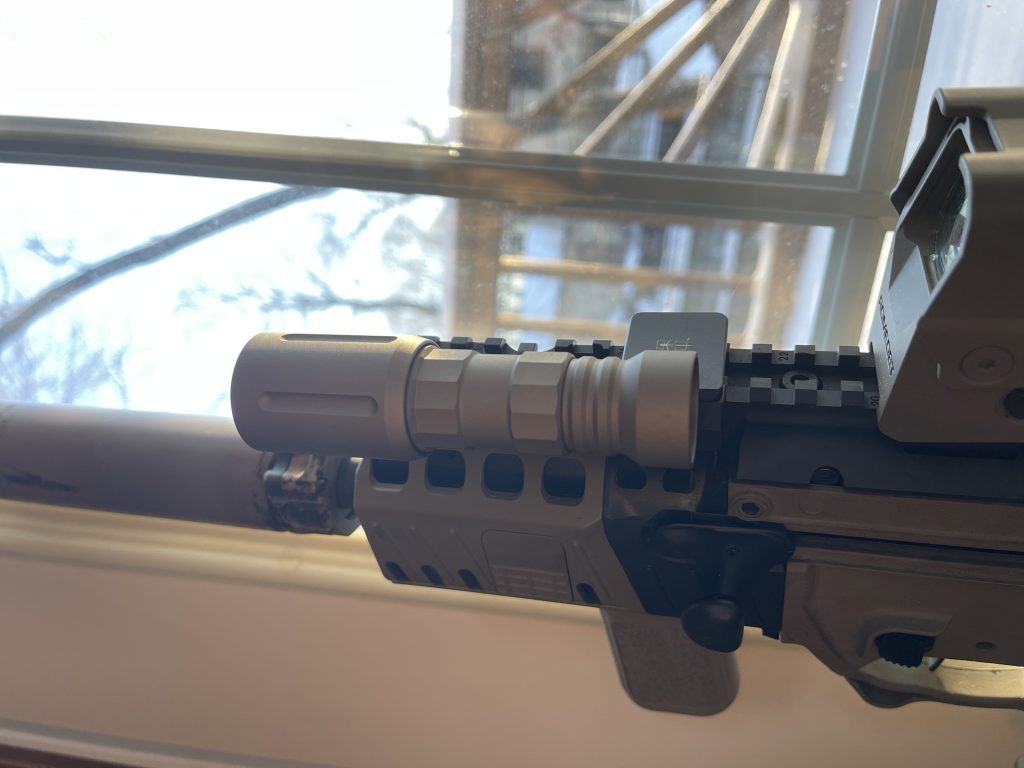
Strengths:
- Offers the best environmental seal and durability
- Simple and small
- Momentary and constant on
- It is clicky – for those fidgety types
Limitations:
- Light must be placed near the support hand for control
- Not easily used off-hand, non-ambidextrous
Tape Switch, Momentary
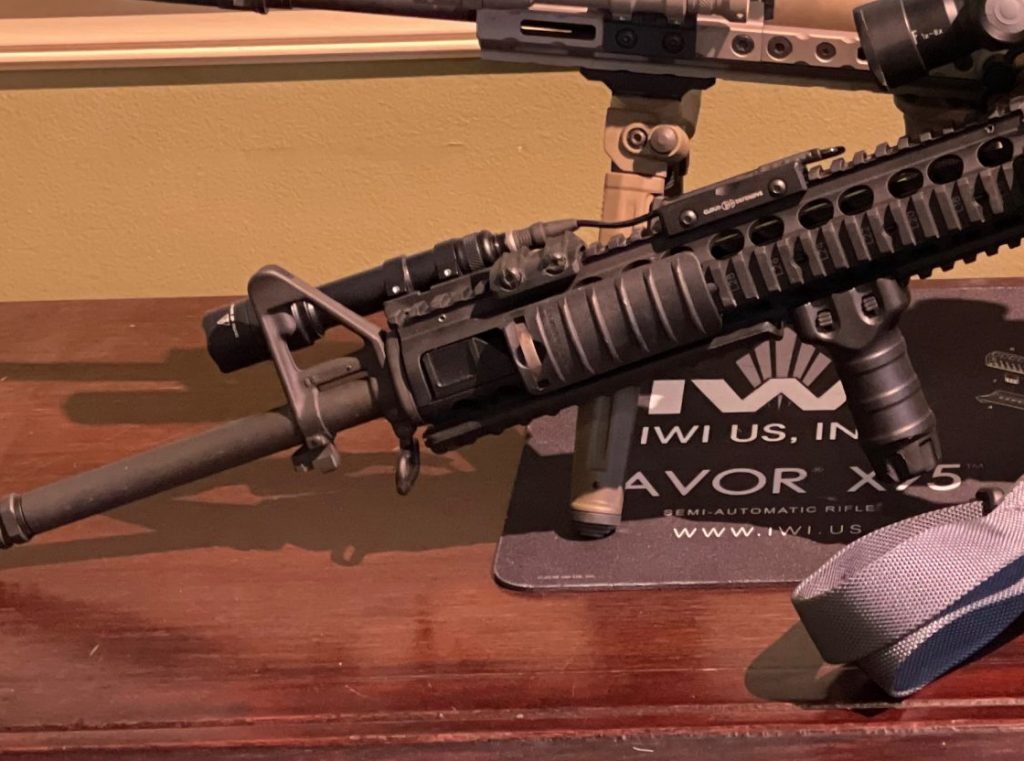
Strengths:
- Offers options for light/control offset, allowing for much greater flexibility in placing the light
- Easy to place controls accessible to either hand, ambidextrous/off-hand friendly
Limitations:
- Momentary only, must keep pressure on the switch to keep the light on
- Recoil may cause light interruption
- Long duration illumination likely to cause hand fatigue
- Environmentally more vulnerable
- Tape switches make lights more susceptible to moisture than a more completely sealed system
- Cords are vulnerable to snagging, being pulled off/out, and breaking against gear or an environmental hazard
Tape Switch, Momentary and Constant On

Strengths:
- Offers options for light/control offset, allowing for much greater flexibility in placing the light
- Easy to place accessible to either hand, ambidextrous/off-hand friendly
- Is also clicky, ambidextrously
Limitations:
- Environmentally more vulnerable
- Tape switches make lights more susceptible to moisture than a more sealed system offered by the cap
- Cords are vulnerable to snagging, being pulled off/out, and breaking against gear or an environmental hazard
Tape Switch plus Click Cap
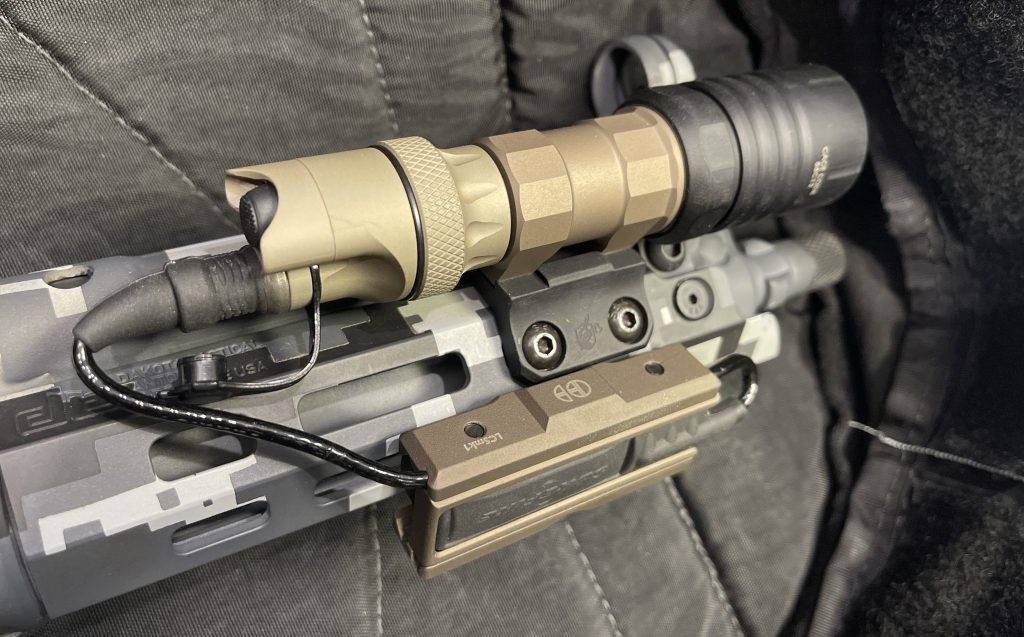
Strengths:
- Offers momentary and constant on at the light, and the flexible control additions of the chosen tape switch
- Easy to place accessible to either hand, ambidextrous/off-hand friendly
- Potentially double the clicky
Limitations:
- Still environmentally more vulnerable, but less so if the tape switch fails and the cap will still function the light
- To use the cap control, light placement may be more limited or activation of the light may be more complicated depending upon placement
The Lumen Wars, Redux
I’ll state openly that opinions on this vary. How bright is bright enough and it there a ‘too bright’ you should avoid for home defense?
300/5000 is my minimum spec on a defensive light, Lumens/Candela. That is the spec on the Streamlight TLR-VIR II, which was built as the MHS handgun light.
The throw is what you’re going to be concerning yourself with in home protection. Does it light up the room so you can see and search? Lumens, whether 750, or 1200, or whatever, aren’t going to be as useful to you as having a beam pattern that helps you see corners faster and break into the shadows. An 800 lumen light that lets you assess corners swiftly is more useful to you here than a 1500 lumen light with a superb hotspot but poor spill that won’t hit corners.
My personal 3 favorite lights for interiors are the M600DF from Surefire, the PLHv2 from Modlite, and the X300U from Surefire.
They have the beam patterns and brightness I want for searching. I like the Surefire’s for dedicated house guns and I like the Modlite for when I want some distance included too. Dedicated distance lights are another discussion, but the answer (at least one of them) is Modlite OKW.
Is there a ‘too bright’ light? We can hypothetically chase our tails on this one by talking about bright surfaces and mirrors, or accept the fact that you probably know where your own mirrors are. Or even that you aren’t instantly comically blinded by hitting a bright wall with a light.
There are lights that aren’t suited to indoor use, but that is mostly due to their throw design and not their ‘brightness’. The throw is designed for distance. It focuses a tight hot spot to reach out, not to spill and search a wide arc.
So…
So pick yourself a light.
Mount it right.
Then take a nighttime, white light shooting course.
